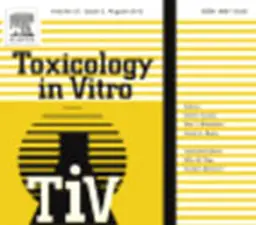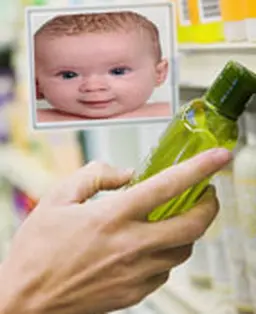
The paper is signed by three members of the Pierre Fabre Group Safety Assessment Department. They have developed a new method, using artificial urine, which allows the protective effects of diaper-region cosmetics to be ascertained. This study has been released by the Toxicology in Vitro Journal.
Abstract
As a result of infants’ inability to control urination, skin of the diaper area has special needs for protection from irritating effects of urine and prevention of diaper dermatitis such as products for cleansing and protection of the skin. Several in vitro models are currently available to assess tolerance. In vitro testing using artificial urine allows the protective effects of diaper-region cosmetics to be ascertained. Thus, a new model defined as “artificial urine in vitro assay” has been added to our traditional pre-clinical in vitro testing program. IL1-α is a highly active and pleiotropic pro-inflammatory cytokine. It plays a key role in inflammation and is the biological mirror of irritation induced by diaper dermatitis. This study determines, on human skin explants, if a cosmetic formula is as well tolerated in the presence of artificial urine as in its absence and is able to decrease IL1-α production induced by artificial urine or Sodium Dodecyl Sulfate. 31 tests including 17 in-house formulas, 10 bench-markers and 4 combinations of products were performed and data obtained are represented on a simple four-point scale (from practically non protective to very protective). It allows determination of formula-type groups that will have predictable protective properties in …













